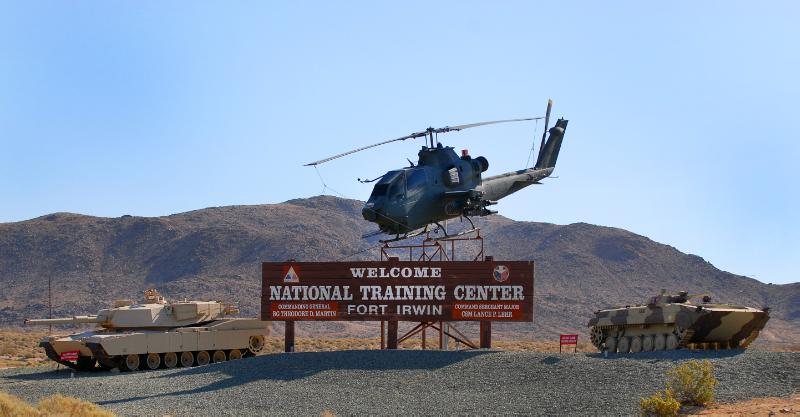In the early 2000s, MacDill AFB saw an exponential increase in both personnel and electronic equipment due to its instrumental role in the war against terror. As a result, energy consumption skyrocketed, leading to increased operational costs for the Department of Defense. To combat this growing crisis, leadership at MacDill AFB partnered with the Akima portfolio of companies to implement new energy savings tools with a goal of reducing consumption by at least one percent annually.
The Challenge
One of the first challenges that the Akima team faced was getting an accurate picture of energy consumption across the base. They knew that usage had been steadily rising for several years; however, existing power meters didn’t provide the ability to pinpoint exact locations of high consumption. Understanding that the problem couldn’t be solved without first being fully identified, the Akima team implemented a network of “smart meters” throughout MacDill. These smart meters leveraged novel and encrypted wireless technology and were placed on every building with people and active missions. For a year, the Akima team gathered data to form a holistic energy consumption dashboard that would eventually drive big changes from unit leadership.
Solution
At the time, energy conservation was considered a national security issue by the White House. Once leadership at MacDill had a clearer picture of the problem, they understood they had to make marked improvements. They started by directing staff of high consuming units (like USCENTCOM and USSOCOM) to turn down A/C units, turn off lights and computers when not in use, and co-locate staff that needed to work off hours. With these small changes, energy consumption immediately began dropping 2-3% a year resulting in millions of dollars of savings. But that was just the beginning…
With the savings achieved from the incremental changes in behavior, MacDill leadership agreed to invest in the deployment of state-of-the-art energy efficient assets that would have long lasting impacts. The first asset that the Akima team implemented were LED lights. On the surface, LED lights may seem like a simple change. However, the payback is tremendous: delivering 40% savings in energy use and a 10- to 15-year operational life. The shift from fluorescent lights to LED lights allowed MacDill to reduce the number of maintenance workers required on staff and brought improved aesthetics to the base with cleaner lighting and modern fixtures.
Next, the Akima team implemented magnetic bearing chillers. Magnetic bearing chillers typically use 50% less energy than conventional chillers, have no corrosion issues (a key factor in saltwater environments like Tampa), and run quietly. Additionally, the Akima team installed charging stations for electric vehicles and energy efficient overhead door motors based on data presented by the smart meters. Since the Akima team was brought on board in 2010, cumulative energy savings have amounted to over $17.5 million.
“Akima contract operations, maintenance, and repair services continue to be maintained at a high level. Services often exceed technical and professional standards. Akima’s leadership works well with government leadership prioritizing and defining project level requirements.”
Douglas Willard, 6 CONS Contracting Officer
Indeed, the ASO team prides itself on making smart investments, hiring the right staff, and keeping maintenance crews flexible to ensure minimal disruption. “The Air Force isn’t in the business of saving energy. They are in the business of flying, fighting, and protecting our Nation,” says Steve Hoarn, ASO project manager at MacDill. “So, if we can take this burden off them—which we can and did—that is a great achievement in our book.”
A Look to the Future
Today, energy saving efforts continue; however, the focus has shifted to energy resiliency. How can the Department of Defense ensure that hackers and/or terrorists don’t have the ability to take down a single substation with a few clicks of a button and decimate base operations?
To better protect MacDill, the ASO team is currently implementing utilities structures that have multiple loops to ensure reliance. Most notably, they worked with the Air Force and a local utility company in Tampa to build a new substation and power plant within MacDill at no cost to the base. The substation and the energy plant that is in design provide power to the base (as well as to other parts of the greater Tampa community) but are operated securely within the gate, allowing for greater security and resiliency. In the event of a disaster, the power plant also includes enough battery storage to keep the base up and running for approximately two hours. This provides MacDill leadership ample time to transfer operations over to base generators and/or the power plant.
Over a decade into the contract, the Akima team continues to look for innovative ways to support energy savings and resiliency at MacDill. The original goal was to simply reduce energy consumption by 1% each year. Today, the team has not only exceeded that metric, but consistently identifies new ways to better serve the mission. Because much of the ASO team have served in the armed forces themselves, they believe that going above and beyond the contract requirements just makes sense. “The team here takes their duty personally, and that makes all the difference in what we can deliver,” says Steve Hoarn.


